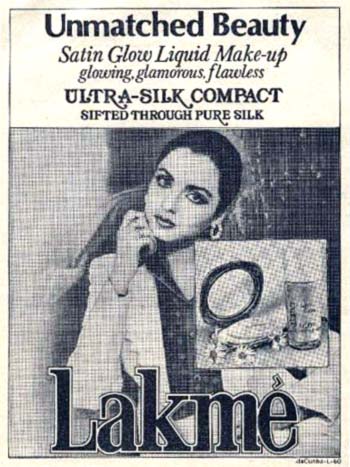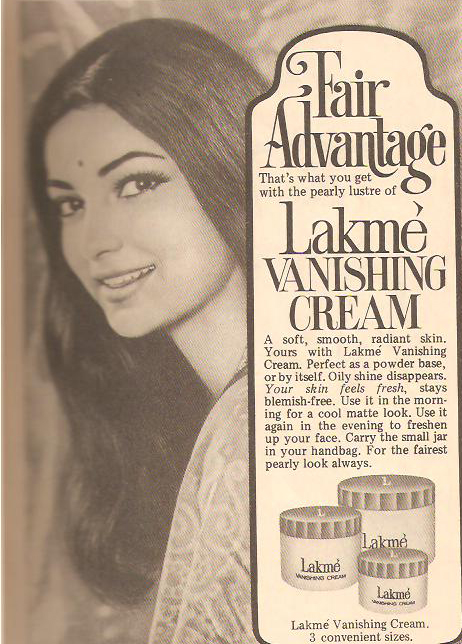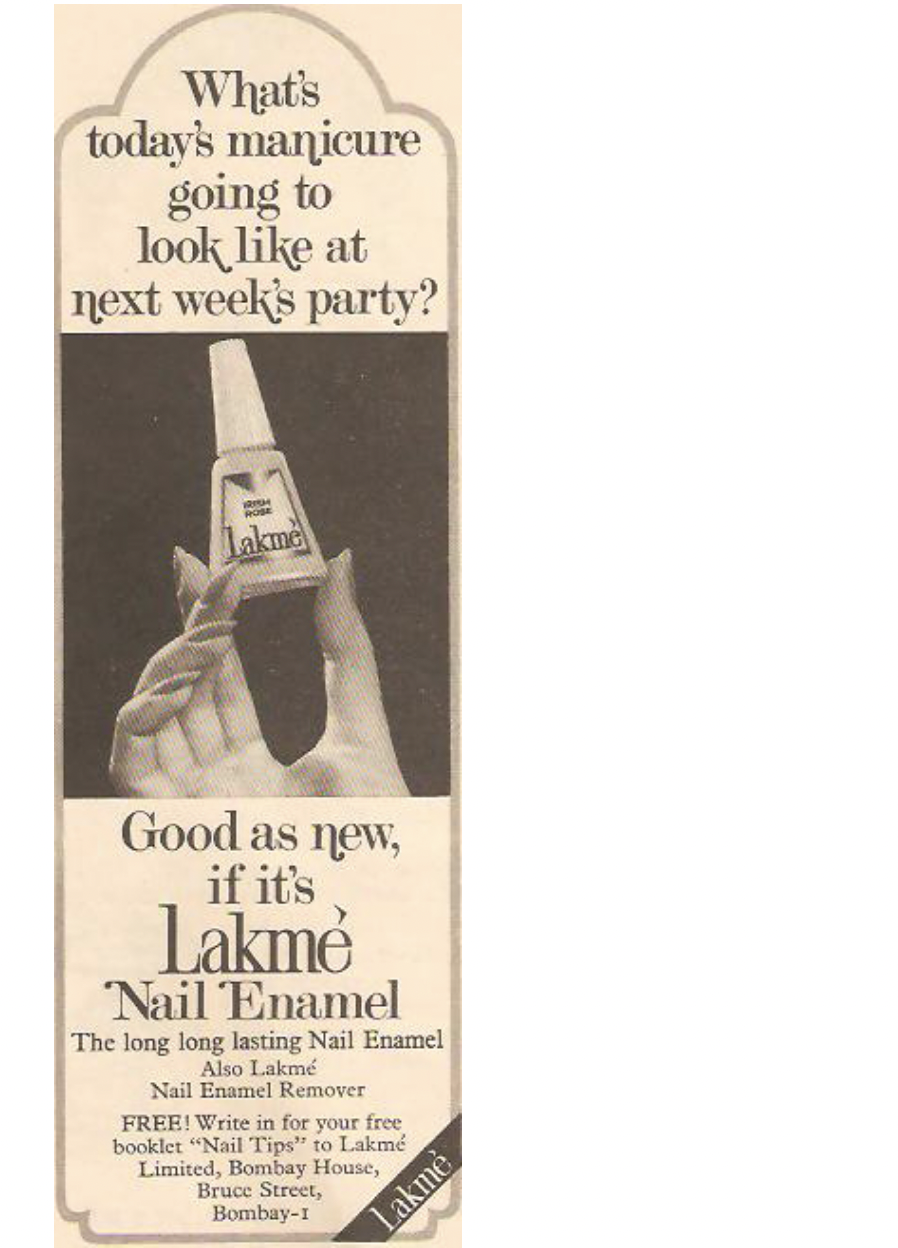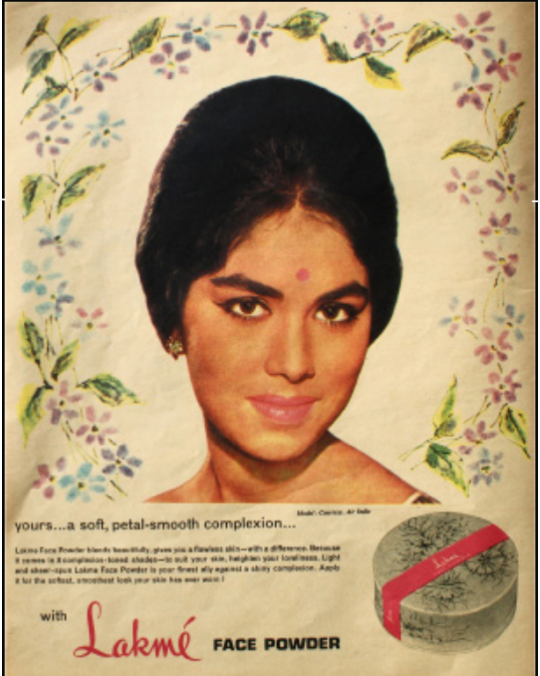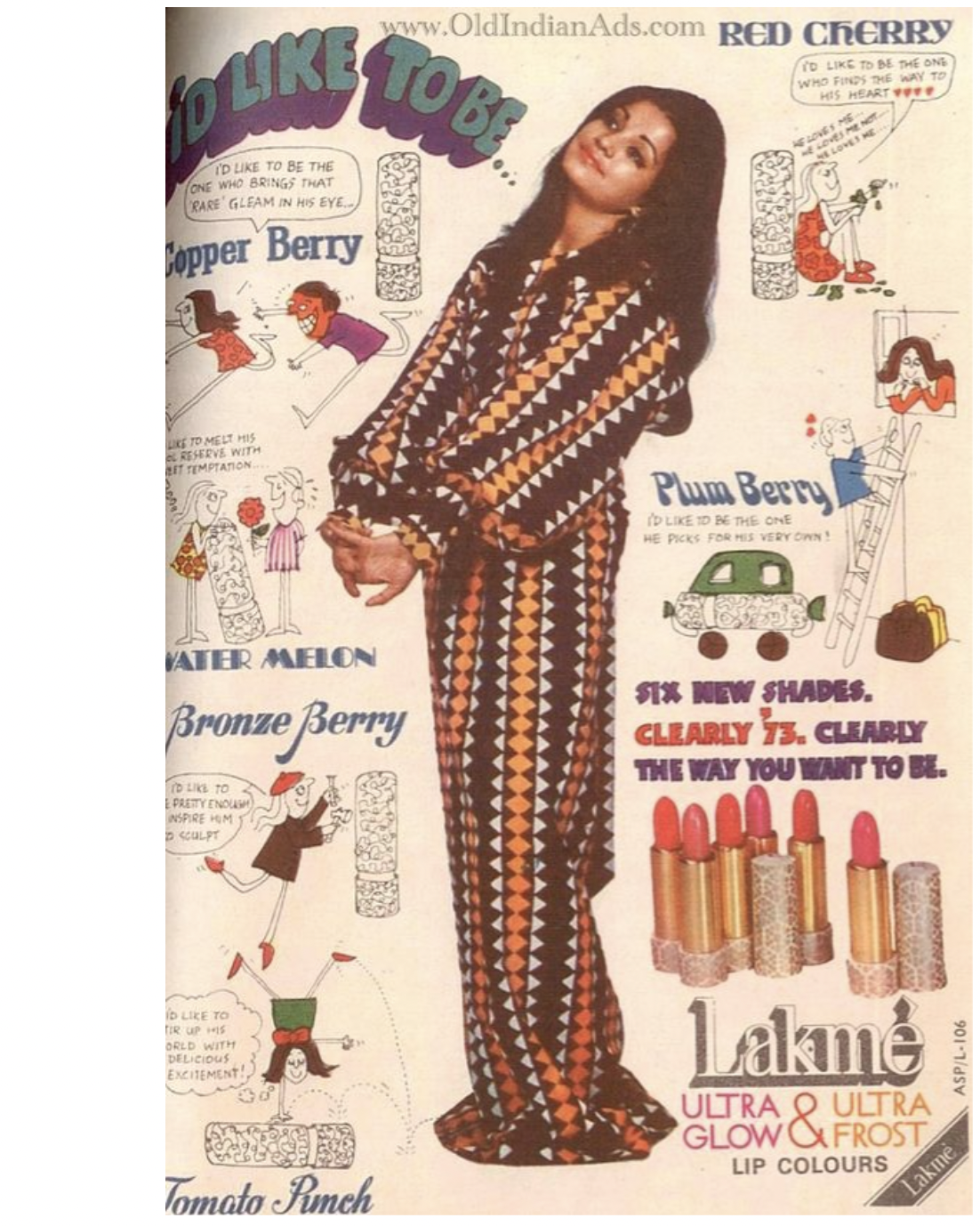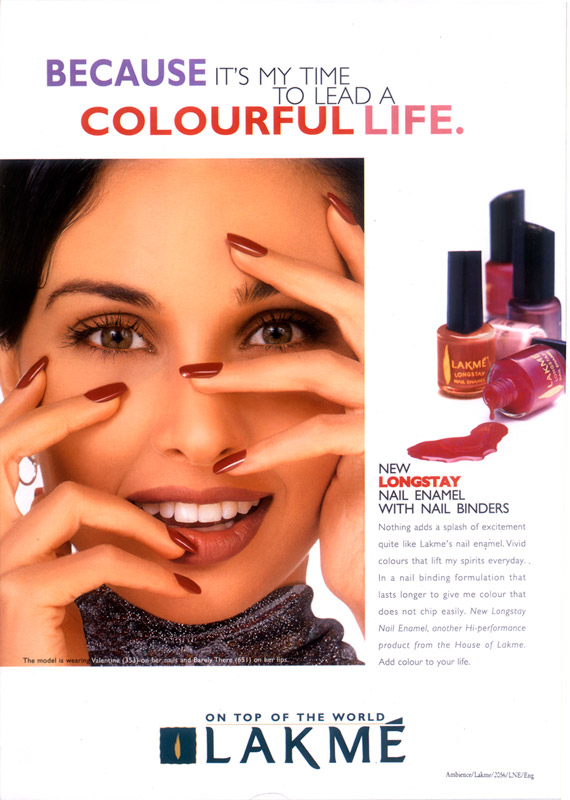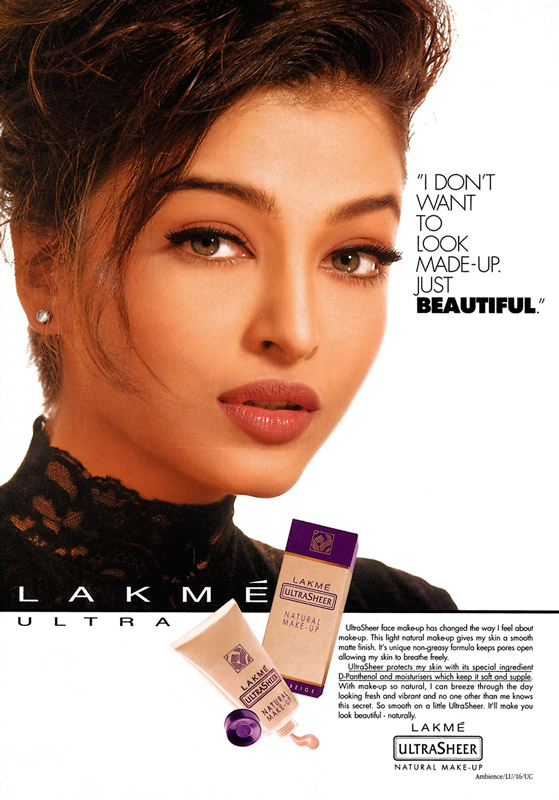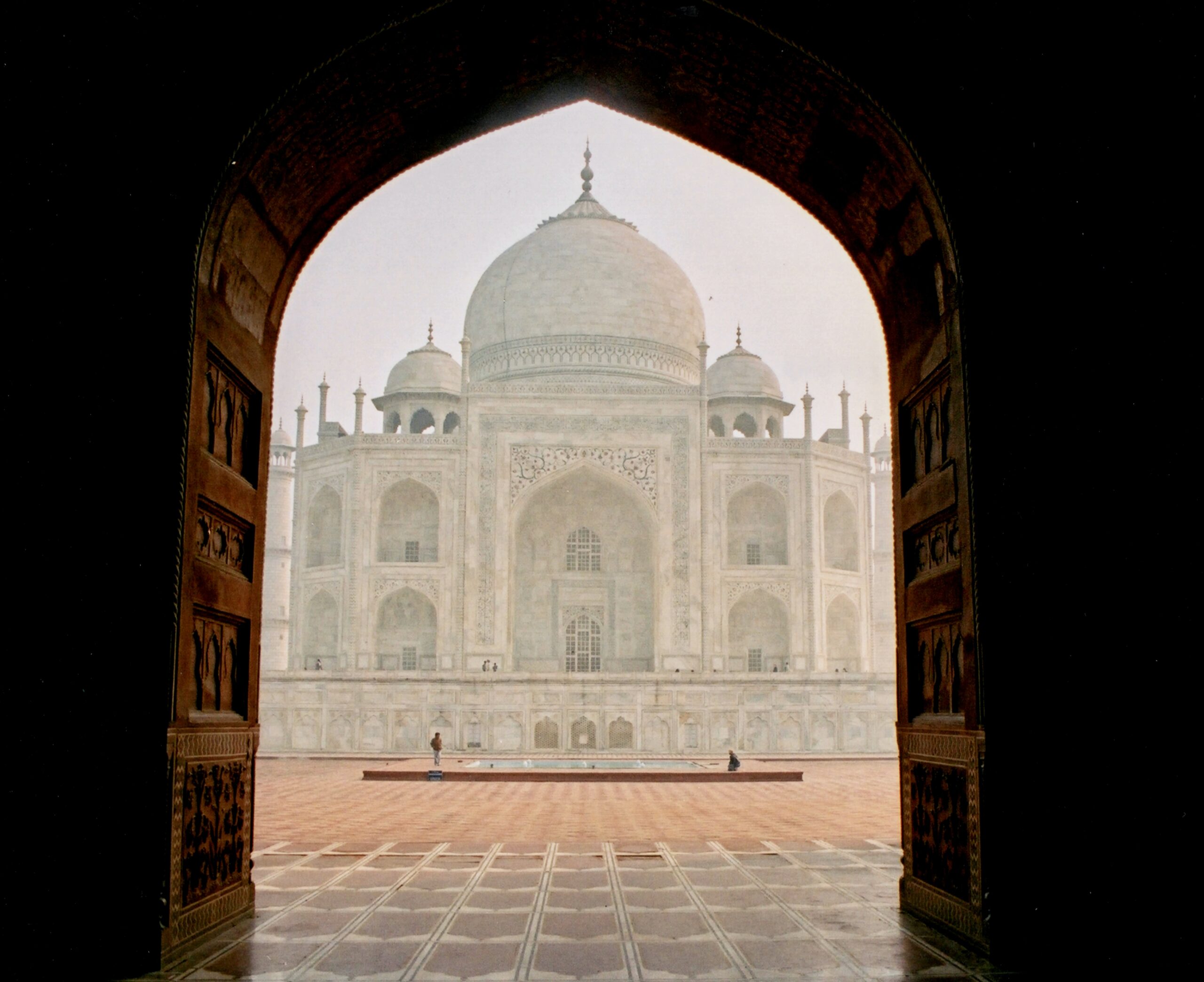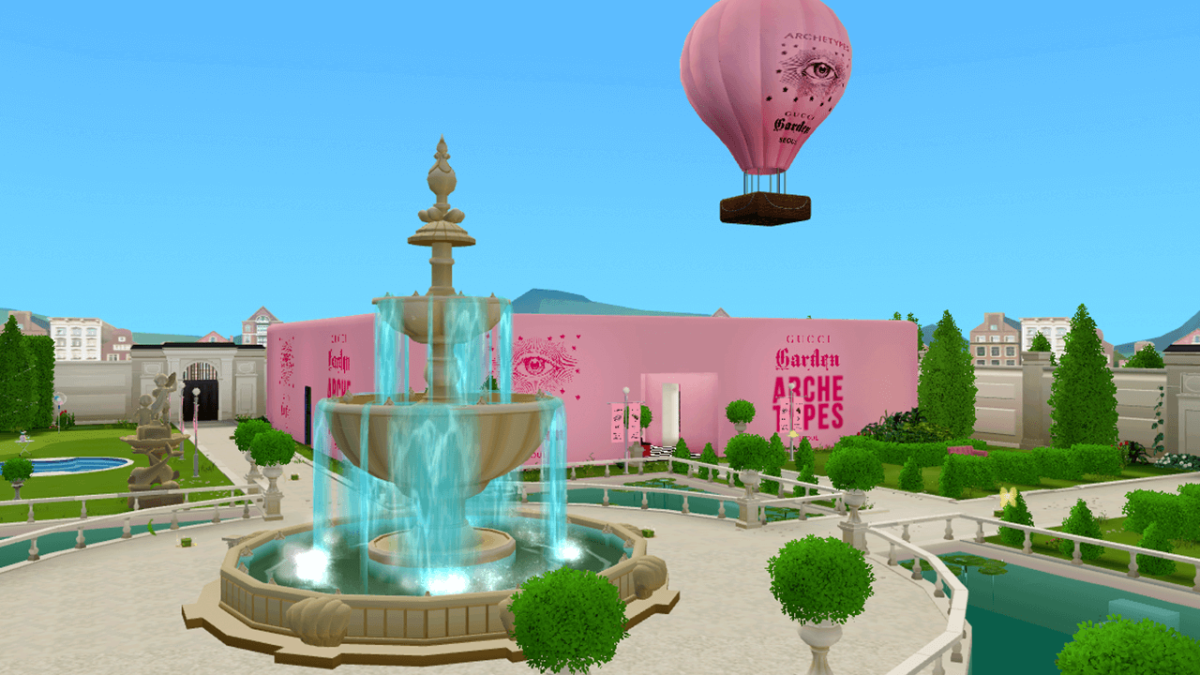“The beauty maker. Lakmé.”
These words were first seen on an advertisement in 1979, featuring the enigmatic Rekha, endorsing The Lakme Face. These were the times when the concept of cosmetics was rather new to the Indian woman, but little did they know the charging force this enterprise was going to become. Go to any nook and corner of the country and heads will turn at the sound of Lakme – but the story behind the words, its essence and burgeoning popularity is one that’s truly fascinating.
The uproar of “Make In India” has had a major impact on the country’s retail lifestyle, but far be it from assuming it to be a new age phenomenon – the practice finds its roots embedded in the illustrated struggle for freedom that eventually made pathways for an independent and “home” made approach to all things imported. While many industries were flourishing and finding new bases to plant a foot on, the inception of India’s first premium cosmetic company was about to brew, and how.
Post independence, the country’s unstable economy and overflowing foreign exchange reserves, owing to the sale of exuberant cosmetics from other countries, brought along with beauty a side of worry. Concerned about the economy, the newly appointed Prime Minister, Jawaharlal Nehru suggested the genesis of a homegrown cosmetics label to the star industry icon, JRD Tata, and thus began the first and foremost cosmetics and beauty movement this country had ever seen. Launched as a subsidiary company under Tata Oil Mills Company in 1953, Lakmè came to exist as TOSCO’s first step into the world of cosmetics in collaboration with French labels, Robert Piguet and Renoir.
To trace the etymology of the word “Lakme”, it is imperative to understand the historical setting that sparked the evolution of this word besides many others. Yes, it does have its origin in the Sanskrit word “Lakshmi”, but the story of its recasting is considerably more intriguing than it might seem at the outset. When it came to naming the venture, the Indian team along with their French collaborators wanted something that would captivate both French and Indian nuances, and thus came the word Lakmè in the picture. Adopted from and inspired by French Romantic Composer Leo Delibes’s three- act opera of the same name, Lakmè came as the missing piece of the puzzle. To get a hint of the opera’s popularity, one need only look at the statistics – it has been performed more than 2500 times in several opera houses across the globe, and the show enjoyed packed halls not just in France, but also in countries like South Korea and China.
While packaging, branding, products and all other vital subordinates were in place, one very important factor that presented itself as a roadblock was the psyche of Indians when it came to cosmetics and make-up. Having lived through the notion of “applied” beauty being a taboo and depending heavily on significantly less expensive DIY practices that sat in accordance with cultural contexts, the Indian demographic was going to take a little more than product appeal to cave in. This is when Simone Tata stepped in and took the reins. Using her exposure to the world of beauty early on and emulsifying it with the zeitgeist of the given time, Simone turned to Bollywood Divas and the splurging influence they had on the country’s audience. With personalities like Shyamoli Varma, Rekha and Aishwarya Rai Bachchan stepping in as brand ambassadors, the advertising imagery created aspirations of beauty and character, paving the way towards strong-willed women with kohl-rimmed eyes and brooding lips.
Over the span of several years, Lakme eventually fell under the wing of Hindustan Unilever and has only seen multivariate growth ever since. The brand has come to be recognized as the elephant of the game with hundreds of Lakme Beauty Salons and Lakme Academies thriving all over the country, which opened several employment opportunities along with extensive access to the world of cosmetic procedures, for those aspiring to learn. The inception of the prestigious Lakme Fashion Week brought forth an impeccable melange between the expansive worlds of fashion and beauty, star studded with the most reputed designers, actors, socialites, industrialists and celebrities in the country.
The journey of ‘Lakme’ through this creative and cultural osmosis has captivated and given a luxe yet local platform for the Indian Lakshmi to turn to. Although the inception of this label did stem from an executive point of view, in the interest of the country’s economic health, it went ahead to form the stepping stone for an entire industry to flourish in the country, helping evolve the premise of beauty and expression, now, worldwide.
Text by Riddhi Gundecha
Photographs via Pinterest and Farrokh Chotia
